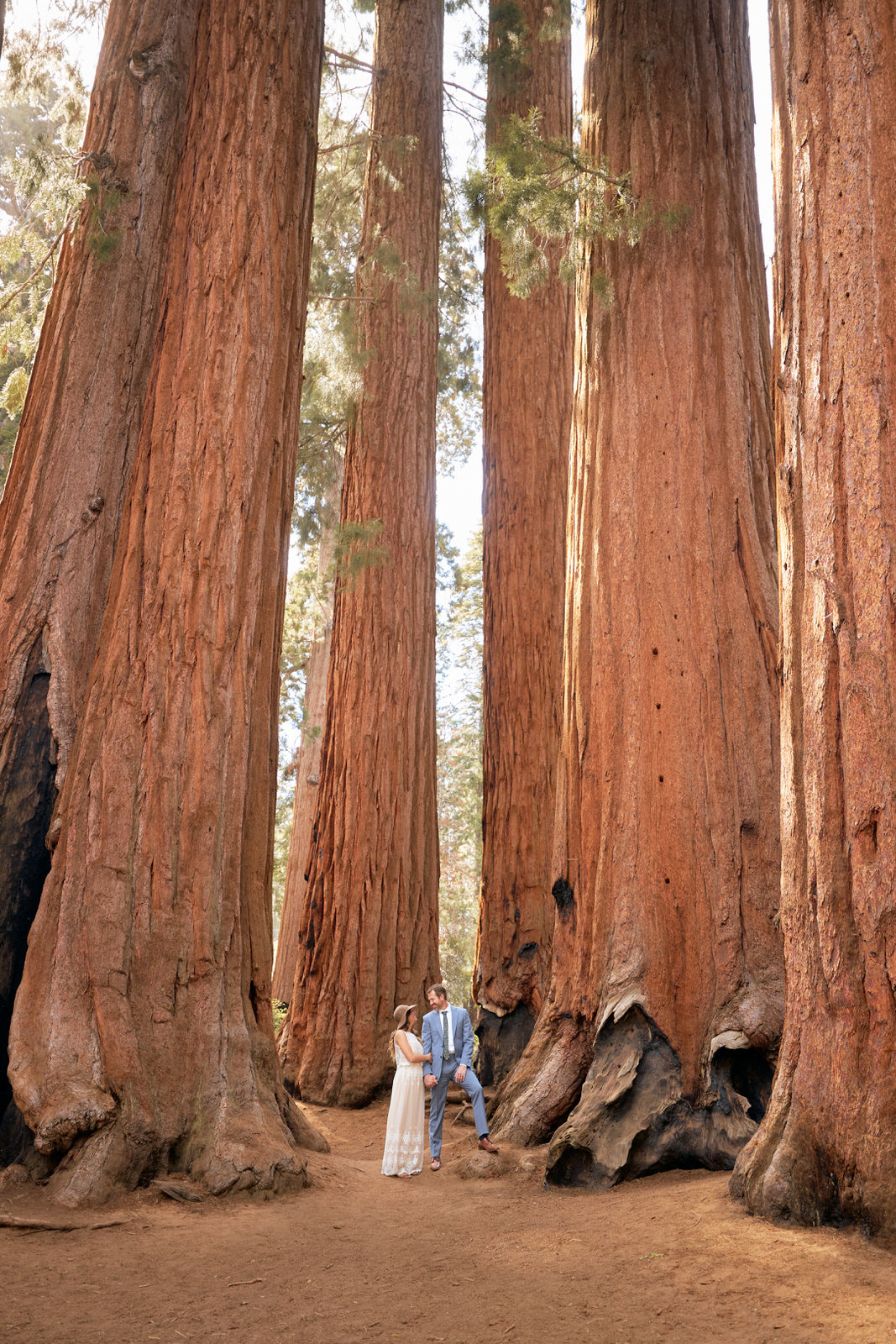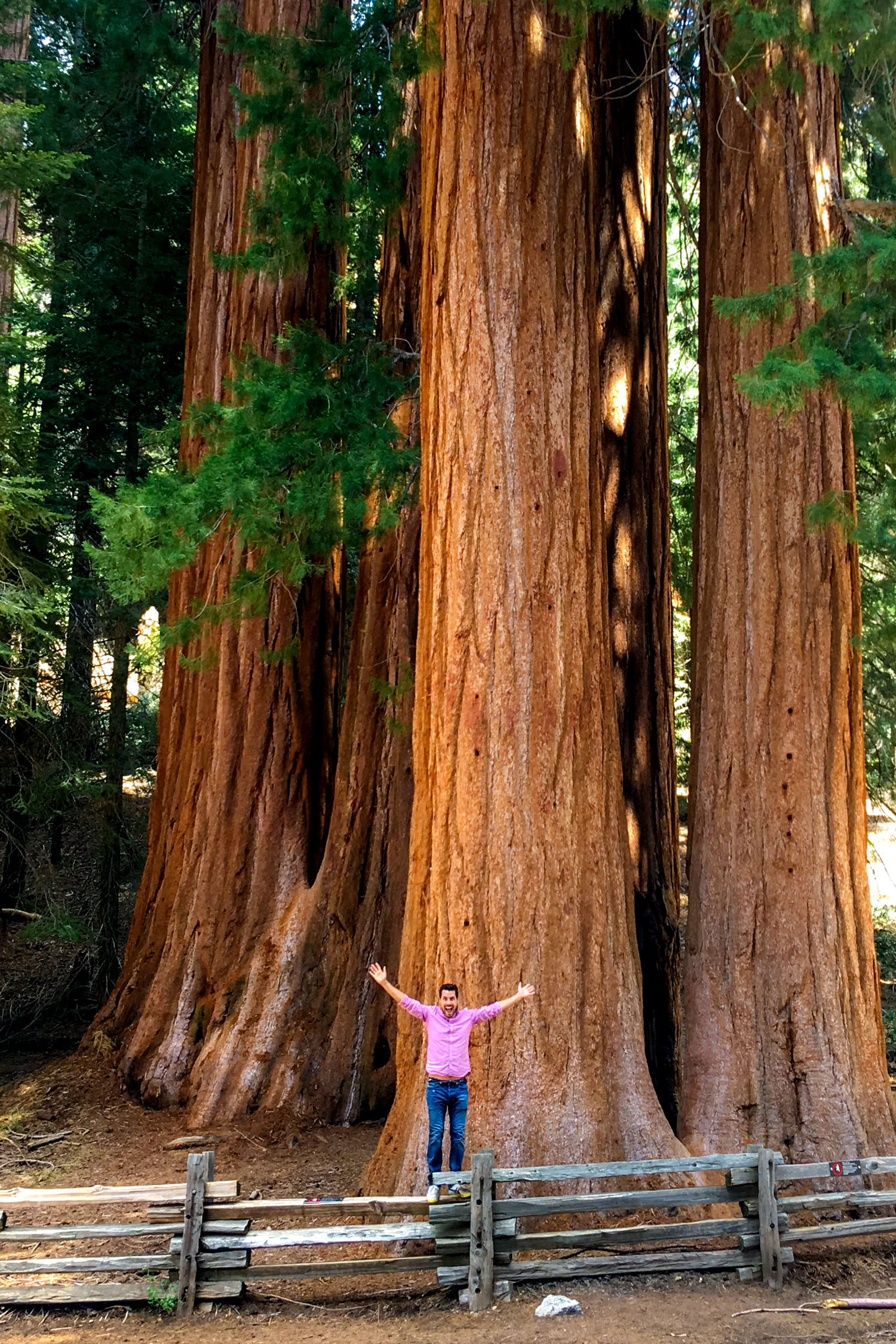Sequoia National Park Map-- Browsing the Titan Trees and Trails
Sequoia National Park Map-- Browsing the Titan Trees and Trails
Blog Article
Discover the Diverse Wild Animals Habitats Within Sequoia National Forest
Sequoia National Park is an eco-friendly treasure, showcasing an excellent variety of wild animals environments that contribute to its abundant biodiversity. From the marvelous huge sequoia forests to the varied towering meadows, each atmosphere plays a crucial role in sustaining various species, consisting of both typical and unusual animals. The interplay of these habitats not only cultivates a distinct community but additionally emphasizes the importance of conservation initiatives in maintaining this balance. As we take a look at the certain attributes of these environments, appealing concerns develop concerning the interconnectedness of life within this amazing landscape.
Summary of Sequoia National Park
Sequoia National forest, nestled in the southerly Sierra Nevada mountain range of California, is renowned for its spectacular landscapes and towering huge sequoias. Developed in 1890, it is one of the oldest national parks in the USA, devoted to maintaining the all-natural elegance and eco-friendly stability of this one-of-a-kind region. The park incorporates over 404,000 acres of diverse terrain, featuring marvelous hills, deep canyons, and rich fields.

Visitors can explore many hiking routes, varying from leisurely walks to challenging backcountry paths, each supplying an unique perspective of the park's grandeur. With its mix of natural marvels and recreational opportunities, Sequoia National Park works as a vital shelter for both wildlife and those looking for to get in touch with nature.

Major Wild Animals Habitats
The diverse landscapes of Sequoia National Park produce a mosaic of wildlife habitats that sustain an abundant variety of species. These habitats range from lavish fields and thick forests to rocky alpine zones and expansive river valleys, each offering distinct ecological specific niches.
One famous habitat is the giant sequoia forest, identified by towering trees and an abundant understory, which sustains different creatures, birds, and insects. The combined conifer forests, composed of types such as sugar want and white fir, offer extra sanctuary and food resources for wild animals.
Meadows and meadows play a critical duty in the park's ecological communities, offering as important foraging premises for herbivores like deer and little creatures. These open locations likewise draw in varied bird varieties, particularly throughout movement seasons.
The park's greater altitudes include alpine environments, where problems are rough and species are adapted to endure in such extremes (Sequoia National Park hour). Here, one can locate one-of-a-kind flora and fauna that prosper in rocky, chilly atmospheres
Plants and Fauna Variety
Within the varied communities of Sequoia National Park, an exceptional variety of vegetation and animals coexists, showcasing the intricate partnerships that maintain the park's biodiversity. The park is home to over 1,300 plant types, consisting of the famous giant sequoias, which are among the biggest and earliest trees on Earth. These marvelous trees supply crucial environment and food resources for different wildlife, promoting an intricate internet of environmental communications.
Animal species in Sequoia National forest are similarly varied, with environments ranging from lowland foothills to high alpine atmospheres. Mammals such as black bears, mule deer, and bobcats thrive in this abundant ecosystem, while avian types, consisting of the majestic gold eagle and the evasive discovered owl, elegance the skies. Amphibians and reptiles, like the Sierra newt and the western rattlesnake, additionally play crucial duties in maintaining environmental balance.
The park's one-of-a-kind mix of altitude gradients and microclimates supports these different types, highlighting the significance of preserving the natural environments that permit such an abundant tapestry of life to prosper. Comprehending this diversity is vital for valuing the ecological significance of Sequoia National forest.
Conservation Efforts in the Park
Preservation efforts in Sequoia National Park play an important duty in guarding its distinct ecosystems and the varied types that inhabit them. The park uses a complex technique, including habitat repair, types monitoring, and invasive types administration. These efforts are vital for maintaining the fragile equilibrium of the park's communities, that include gigantic sequoias, fields, and towering atmospheres.
Energetic repair projects concentrate on restoring native plant areas and rehabilitating degraded habitats. Sequoia National Park hour. This is particularly vital in areas impacted by human task or natural disruptions such as wildfires. The park's biologists carry out normal surveillance of vital varieties, including the jeopardized Sierra Nevada bighorn lamb, to examine populace health and wellness and educate management strategies
Invasive species pose a considerable danger to the park's biodiversity. Via these extensive campaigns, Sequoia National Park makes every effort to secure its rich all-natural heritage for future generations while ensuring the strength of its varied wild animals habitats.
Tips for Wild Animals Observation
Observing wild animals in Sequoia National Park provides a distinct chance to get in touch with nature and value the diverse varieties that flourish in this remarkable environment. To optimize your wildlife observation experience, take into consideration numerous important tips.
To start with, plan your visit throughout morning or late mid-day, as these times are most active for lots of animals. Bring binoculars to observe wildlife from a safe distance without interrupting their natural behavior. Additionally, acquaint yourself with the types you wish to see; recognizing their routines and habitats can improve your chances of spotting them.
Perseverance is vital; wildlife monitoring usually calls for waiting quietly and recognizing your environments. Remain on designated routes to reduce your influence on the community and ensure your safety and security. It is also a good idea to maintain a considerate distance from animals, preventing any kind of actions that could emphasize them or interrupt their atmosphere.
Lastly, take into consideration signing up with led scenic tours led by knowledgeable park rangers. These experts additional info can offer beneficial understandings and increase your chances of observing wildlife in their natural settings. By adhering to these suggestions, you can enrich your experience and add to the conservation of Sequoia's wild animals.

Verdict
Sequoia National Park serves as an important haven for diverse wildlife, showcasing an amazing array of environments that sustain many species. Eventually, the park's biodiversity underscores the relevance of keeping such all-natural landscapes for future generations.
Please visit one of our local supporters - Wholesale Liquidation Pallet Handbags In Bulk
Report this page